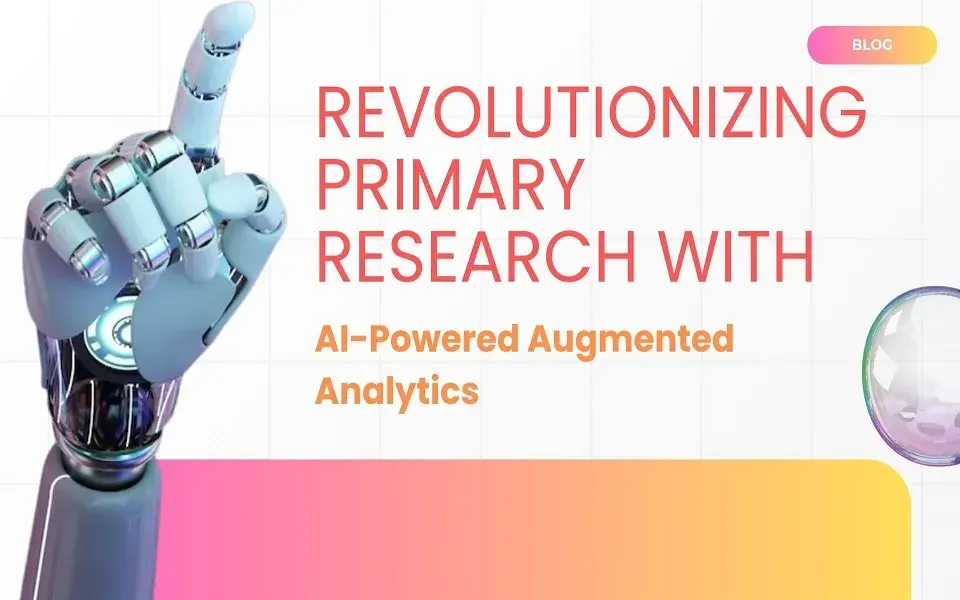The capability of data science and machine learning to handle various key financial jobs has recently become a particularly important subject of debate. Businesses are interested in learning more about the advancements the technology brings and how they can alter their company plans.
I have compiled a list of data science use cases with the greatest financial sector effect to assist you in finding the answers to these concerns. They address many business topics, from data management to trading tactics, but they all share a passion for improving financial solutions.
Automating Risk Management
Financial institutions place great importance on risk management since it affects the organization's safety, reliability, and strategic decisions. Over the past few years, the methods for managing risk have undergone a tremendous shift, changing the makeup of the banking industry. Machine learning models now define the directions of business growth like never before.
Risks can originate from various sources, including customers, competitors, investors, and regulators. Additionally, the importance and possible costs of hazards can vary. As a result, the key steps—risk identification, prioritization, and monitoring—are what machine learning is best at doing. Algorithms can improve cost-effectiveness and sustainability while also improving risk assessment models with training on the vast amounts of client data, financial lending, and insurance results.
In risk management, determining a potential customer's creditworthiness is one of the most crucial uses of data science and artificial intelligence (AI). Companies use machine learning algorithms to examine previous spending patterns and behavior to determine the appropriate credit limit for a specific customer. This strategy is very helpful when working with new clients or those with a scant credit history.
Managing Customer Data
The most crucial resource for financial businesses is data. The success of a firm depends on effective data management. The number and form of financial data are incredibly diverse today, ranging from market data and transactional details to social media activity and mobile engagements. Often, financial specialists must process semi-structured or unstructured data manually, which faces significant difficulty.
For most businesses, however, it is clear that incorporating machine learning methods into process management is essential to obtaining true knowledge from data. Artificial intelligence (AI) techniques, in particular text analytics, natural language processing, and data mining, help turn data into information, resulting in better business solutions, smarter data governance, and higher profitability. For instance, machine learning algorithms can estimate the impact of specific financial trends and market developments by learning from historical financial data about clients. And last, reports can be generated automatically using these methods.
Predictive analytics
Financial services now revolve around analytics. Predictive analytics that uncovers data patterns that forecast future events that can be acted upon immediately require special attention. The key applications, including forecasting prices and customer lifetime value, upcoming life events, predicted churn, and stock market movements, were successfully defeated by these sophisticated analytics by comprehending social media, news trends, and other data sources. Most critically, these methods can assist in addressing the challenging question of whether and how to act.
Real-time analytics
Real-time analytics fundamentally alter financial procedures by examining sizable volumes of data from many sources, swiftly spotting any changes, and determining the best course of action. Real-time analytics applications in finance can be divided into three basic categories.
Fraud Detection in Bank
Financial institutions are obligated to provide their clients with the highest level of security. With hackers constantly coming up with new ways to hack and traps to put up, finding a solid fraud detection system is the key problem for businesses. Only trained data scientists can develop flawless algorithms for spotting and stopping any irregularities in user behavior or continuing business operations in this wide variety of frauds.
For instance, restricting certain actions until the client acknowledges them may result from notifications for unexpected financial purchases for a specific user or substantial cash withdrawals. Machine learning technologies can spot patterns in trading data in the stock market that might point to manipulations and notify employees to look into them. The ability of these algorithms to self-learn, improving over time and growing more and more clever, is their greatest strength.
Consumer analytics
Additionally, real-time statistics contribute to more effective customization and improved customer comprehension. Advanced machine learning algorithms and customer sentiment analysis methods can create insights from customer behavior, social media involvement, comments, and views, improve personalization, and increase profit. Only skilled data scientists can provide an accurate breakdown because of the massive amount of data.
Algorithmic trading
Real-time analytics will most likely impact this field because every second counts. Financial organizations can make advantageous judgments in real-time based on the most recent information from assessing both traditional and non-traditional data. Additionally, having the quickest ways of assessing this data is essential for staying competitive in this industry because it frequently has a finite shelf life.
Combining real-time and predictive analytics in this field brings up new possibilities.
Financial businesses frequently employed mathematicians who could design statistical models and analyze historical data to produce trading algorithms that predicted market possibilities. Today, artificial intelligence, however, offers methods to make this process quicker and, more importantly, always improving.
Consequently, data science and AI revolutionized the trading industry and gave rise to algorithmic trading tactics. Most global exchanges employ computers to make judgments based on the right tactics and algorithms that consider new facts. An endless amount of data is processed by artificial intelligence, including tweets, financial indicators, information from news and books, and even TV shows. As a result, it comprehends current global patterns and continually improves its projections for the financial markets.
Overall, real-time and predictive analytics substantially impact the state of several financial sectors. Data engineers are revolutionizing the way finance used to operate using tools like Hadoop, NoSQL, and Storm, as well as traditional and non-traditional datasets and the most precise algorithms.
Deep personalization and customization
Companies understand that building gratifying, individualized relationships with their clients is essential to remaining competitive in today's market. The idea is to analyze and modify the digital client experience while considering the client's interests and preferences. Customer personalization is reaching new heights due to AI's substantial advancements in language and emotion comprehension. Additionally, data engineers can create models that analyze consumer behavior and identify circumstances in which consumers require financial guidance.
Predictive analytics tools and cutting-edge digital delivery options can assist with this challenging task by directing the customer to the best financial solution at the right time and suggesting personalized offerings based on spending patterns, social-demographic trends, location, and other preferences.
Conclusion
Using data science approaches gives financial institutions a great chance to differentiate themselves from the competition and revolutionize their industries. Due to the large amounts of financial data that are constantly changing, machine learning and AI tools must be integrated into various business processes.



































